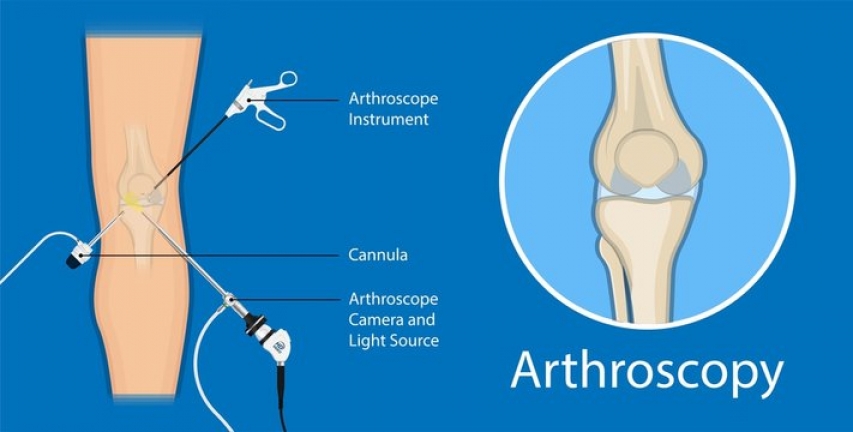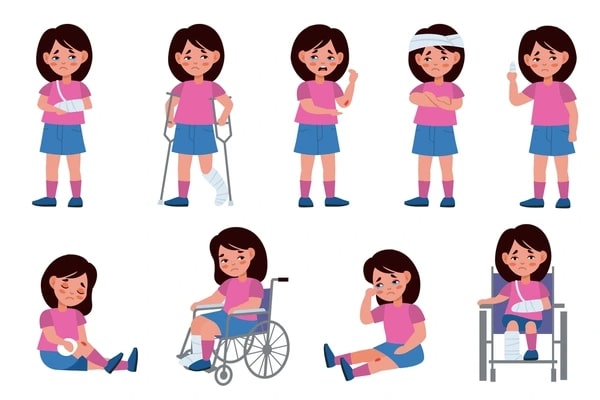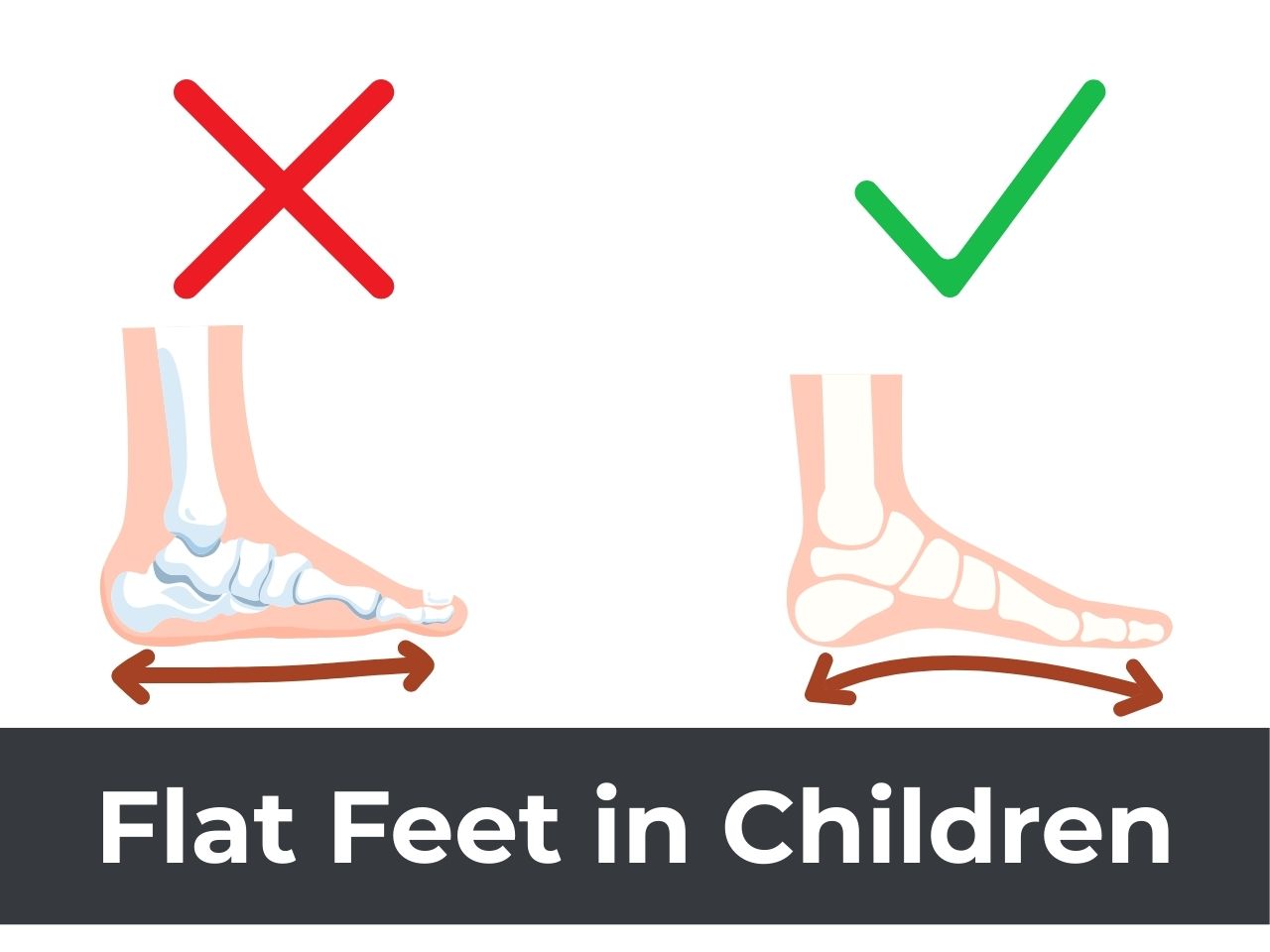Introduction:
Arthroscopy has emerged as a cornerstone in the field of orthopedics, revolutionizing the way we diagnose and treat joint-related conditions. At Pinnacle Orthocentre Hospital, we are at the forefront of the latest innovations in arthroscopy techniques, aimed at improving precision and patient recovery.
As the leading Arthroscopic Surgery Hospital in Thane, we understand the importance of staying updated with the trends in arthroscopy to provide our patients with the best possible care.
In this article, we’ll explore the cutting-edge arthroscopic surgery techniques and technologies that are shaping the future of orthopedics.

Historical Perspective
Arthroscopy has come a long way since its inception. Initially, it was a relatively crude procedure with limited visibility. However, significant advancements have been made over the years, making it an indispensable tool in orthopedics today.
At Pinnacle Orthocentre Hospital, we recognize the importance of embracing these advancements to offer our patients the highest standard of care.
Current Challenges in Arthroscopy
Despite its many advantages, traditional arthroscopy has limitations. These include restricted visibility, potential risks, and a longer recovery period.
We, as arthroscopic surgery doctors in Thane, understand the challenges patients face and are committed to addressing them through the latest innovations in arthroscopy techniques.
Latest Innovations in Arthroscopy Techniques
1-High-Definition Imaging: Our hospital is equipped with state-of-the-art arthroscopic equipment, including high-definition imaging systems. These advancements offer surgeons clearer and more detailed views of the joint, enhancing their ability to diagnose and treat conditions accurately.
2-Minimally Invasive Approaches: We employ minimally invasive arthroscopic techniques that involve smaller incisions, reducing tissue damage and scarring. Patients benefit from quicker recovery times and less post-operative pain.
3-Robotics in Arthroscopy: Pinnacle Orthocentre Hospital embraces the use of robotic-assisted arthroscopic systems, which provide our surgeons with unparalleled precision and control during procedures.
4-Augmented Reality (AR) and Virtual Reality (VR): AR and VR technologies are integrated into our pre-operative planning and intraoperative guidance processes. These technologies improve surgical outcomes by assisting surgeons in real-time.
5-3D Printing and Patient-Specific Implants: We utilize 3D printing to create patient-specific implants. This approach ensures a better fit and function, reducing post-operative complications.
6-Artificial Intelligence (AI) and Machine Learning: Our hospital employs AI-driven diagnostic tools and predictive models, which aid in decision-making during surgery and enhance patient care.
Enhanced Recovery After Arthroscopy
At Pinnacle Orthocentre Hospital, we focus not only on cutting-edge arthroscopy techniques but also on post-operative care to ensure a swift and smooth recovery.
Our multidisciplinary team follows advanced protocols, including pre-operative optimization, innovative anesthesia techniques, and accelerated rehabilitation programs.
Case Studies and Success Stories
Our success stories speak volumes about the effectiveness of these innovative arthroscopic techniques. Patients have experienced improved outcomes and quicker recoveries, allowing them to regain their mobility and quality of life.
Future Trends in Arthroscopy
The future of arthroscopy holds even more promise. Emerging technologies such as nanotechnology, advanced biomaterials, and telemedicine are set to further transform the field.
At Pinnacle Orthocentre Hospital, we are committed to staying at the forefront of these trends to continue providing our patients with the best possible care.
In this section, we’ll explore some of the future trends in arthroscopy that hold immense promise for improving patient care and outcomes.
- Nanotechnology in Arthroscopy
Nanotechnology involves working with materials and devices at the nanoscale level, allowing for precision at the molecular level. In arthroscopy, nanotechnology can revolutionize the way we diagnose and treat joint-related conditions.
Tiny nanosensors and imaging devices may be able to provide real-time data on the cellular and molecular status of joint tissues, enabling even earlier detection and intervention in diseases like arthritis.
- Advanced Biomaterials
In the future, the materials used in arthroscopy procedures are expected to become even more advanced. These biomaterials may have properties that mimic natural tissues more closely, leading to improved implant performance and biocompatibility.
Customized implants made from advanced biomaterials can offer better outcomes for patients undergoing joint replacement procedures.
- Telemedicine and Remote Monitoring
Telemedicine is poised to play a more significant role in arthroscopy in the coming years. Patients may be able to receive pre-operative consultations, post-operative follow-ups, and even remote monitoring of their joint health from the comfort of their homes.
This can enhance patient convenience and access to care while reducing the need for in-person visits.
- Artificial Intelligence and Predictive Analytics
Artificial intelligence (AI) and predictive analytics are set to become indispensable tools in arthroscopy. AI algorithms can analyze vast amounts of patient data to assist surgeons in making real-time decisions during surgery.
Predictive models can forecast outcomes and complications, allowing for proactive intervention and personalized treatment plans.
- 5G Connectivity and Telementoring
The rollout of 5G networks will enable high-speed, low-latency communication, making telementoring during arthroscopic procedures more feasible.
Surgeons can receive guidance and expertise from specialists located anywhere in the world in real-time. This can lead to improved surgical outcomes and expanded access to expertise.
- Patient-Specific Planning
Advancements in imaging and modeling technologies will facilitate patient-specific planning for arthroscopy procedures. Surgeons will be able to create highly accurate 3D models of a patient’s joint, allowing for personalized treatment plans and implant designs.
This level of precision can lead to better outcomes and reduced complications.
- Robotics and Miniaturization
Robotic-assisted arthroscopy systems will continue to evolve, becoming more compact and versatile. Miniaturized robotic instruments can provide even greater precision and dexterity during surgery, reducing the invasiveness of procedures and shortening recovery times.
- Regenerative Medicine
Regenerative medicine holds promise for repairing damaged joint tissues using techniques such as stem cell therapy and tissue engineering.
These approaches may significantly reduce the need for invasive surgeries and artificial implants, promoting natural joint healing.
Challenges and Ethical Considerations
As we embrace these innovations, we also acknowledge the challenges they bring, including the need for specialized training and ethical considerations related to patient privacy and data security.
We are dedicated to addressing these challenges responsibly.
Conclusion:
In conclusion, arthroscopy techniques are constantly evolving, and Pinnacle Orthocentre Hospital is dedicated to staying at the forefront of these advancements.
As the leading Arthroscopic Surgery Hospital in Thane, we are committed to providing our patients with the most precise and least invasive treatments available.
Our goal is to ensure that patients experience improved outcomes, reduced recovery times, and a better overall quality of life. The future of arthroscopy is bright, and we are excited to be a part of it.
Q & A and Discussion
If you have any questions about the trends in arthroscopy or our arthroscopic surgery techniques, please feel free to reach out.
We are here to provide you with the highest level of orthopedic care.






0 Comments